How to grow beets successfully is a question many gardeners ask, and for good reason! Beets are one of the most versatile vegetables you can grow in the garden. Every part of the plant is edible, from the tender leaves and stems, to the colorful roots.
They come in various colors and shapes from deep red to golden yellow. Striped globes and cylindrical varieties are also available.
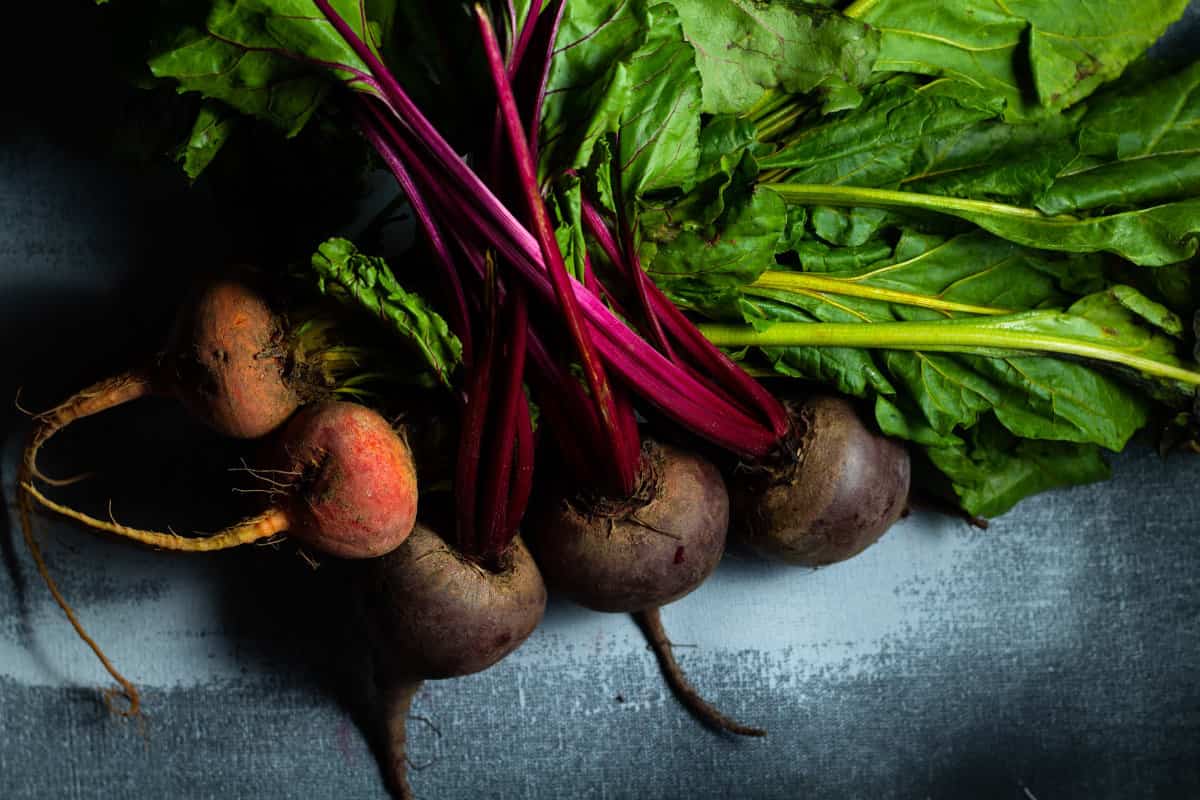
Table of Contents
Where Do I Plant Beets?
Beets do best if planted directly into the garden. They are a cool weather crop so can be started early in the spring as soon as the soil can be worked. Beets prefer full sun so select an area with at least 6 hours of sunlight. You can soak the seed overnight before planting to speed up germination.
Beets can be grown in containers if they are at least 12 inches deep and have adequate drainage. Sow seeds ½ inch deep and space them 3 - 4 inches apart. Like any container garden, they will require water daily, possibly twice a day during heatwaves.
Planting Beet Seeds
Beet seeds are quite unique as they are clusters of seeds that break open during germination. You will sometimes notice as the beets grow you will find groups or clusters of beets. Be sure to thin these clusters throughout the season.
Seeds can be sown in the garden once the ground can be worked. Prepare the planting site by working the soil well and adding amendments like peat moss, compost and sand if the soil is compact.
Plant beets in rows that are at least 12 inches apart. Sow seeds at a depth of ½ inch and space 2 - 3 inches apart. You can plant the seeds 1 - 2 inches apart if you plan on thinning heavily for the baby greens for salads.
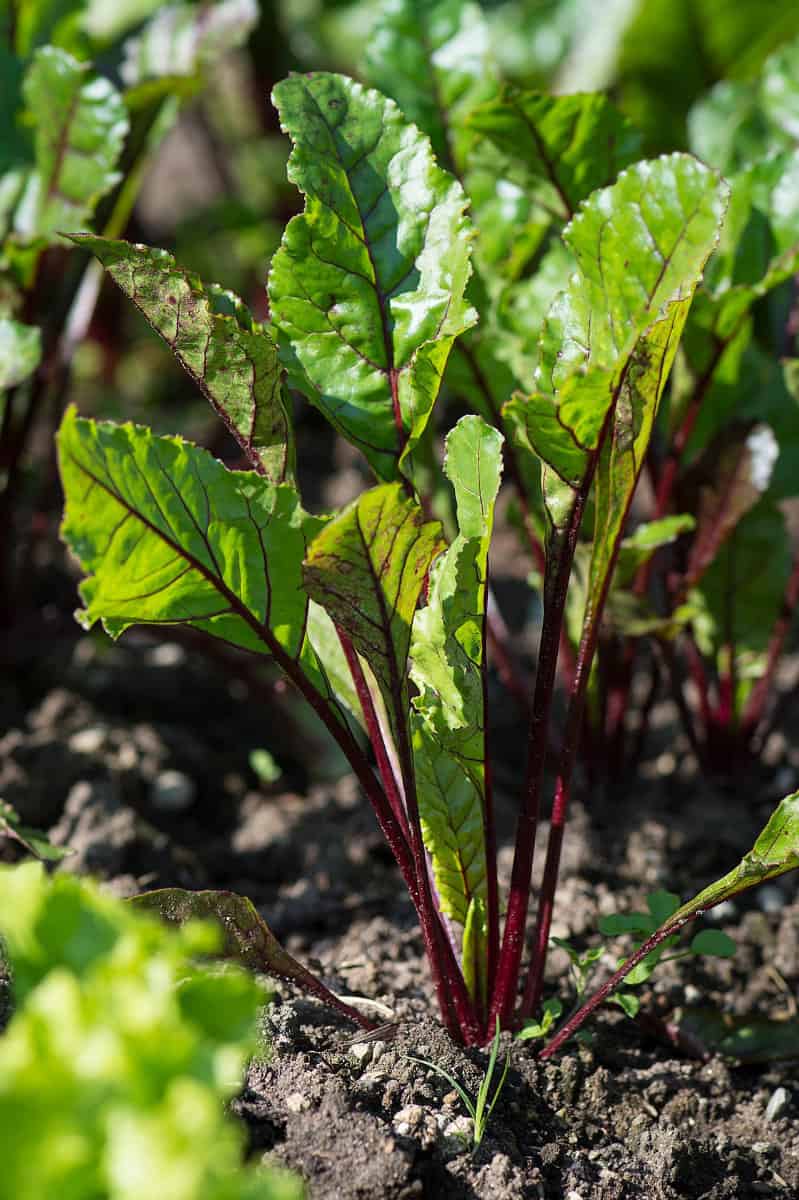
Caring For Beets
For good root growth, beets require water. Be sure to maintain good watering practices and water weekly, more often if temperatures have been high. If you use mulch you can apply it after all the seeds have germinated. Mulching is a great way to keep in the moisture and slow the growth of weeds.
You can learn more about mulching in our backyard guide to mulching.
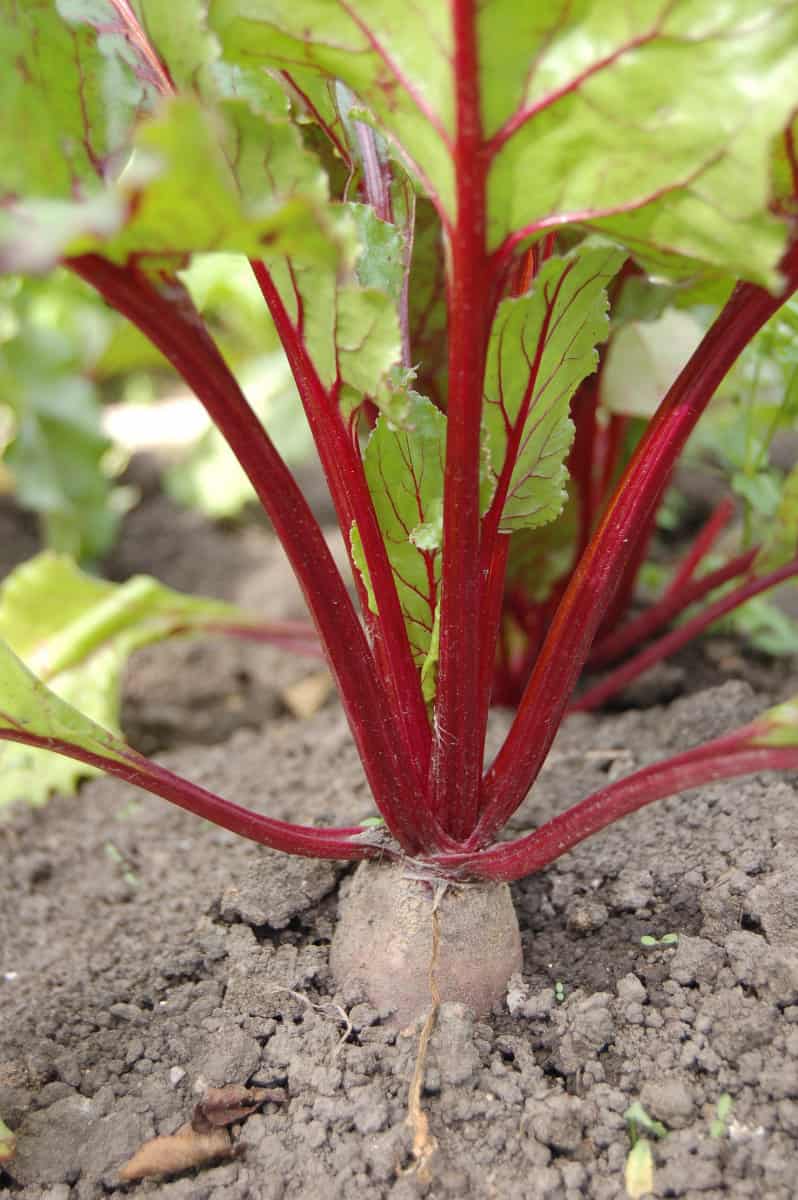
You will notice that the top part of the bulb is exposed when the beets start to grow, this is normal for beets. They have very shallow root systems and can be pulled out easily. Be sure to weed the beet rows frequently with a gentle hand.
As they get into their second month of growth and you notice excess leaf damage from pests, using a floating row cover will help eliminate this and protect the leaves for harvest.
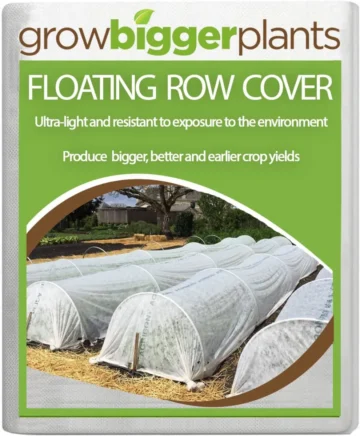
When Do I Harvest Beets?
You can start to harvest beets quite early in the season. Baby beets can be used in soups or roasted in the oven for incredible flavor. Make sure to check our suggested recipes section below for recipes that use beets!
Select every second beet or beets that are in the center of any groupings to thin out the rows. This gives the remaining beets space to grow. You can thin beets this way during the entire season. It results in incredible harvests of good sized beets.
To harvest, grasp the beet where the stem meets the bulb and firmly pull it from the ground. Be gentle to not disturb neighbouring beets as their root system is quite shallow. Brush off any excess dirt and plan to refrigerate quickly. Just an hour after harvest beets will go limp without proper cooling temperatures.
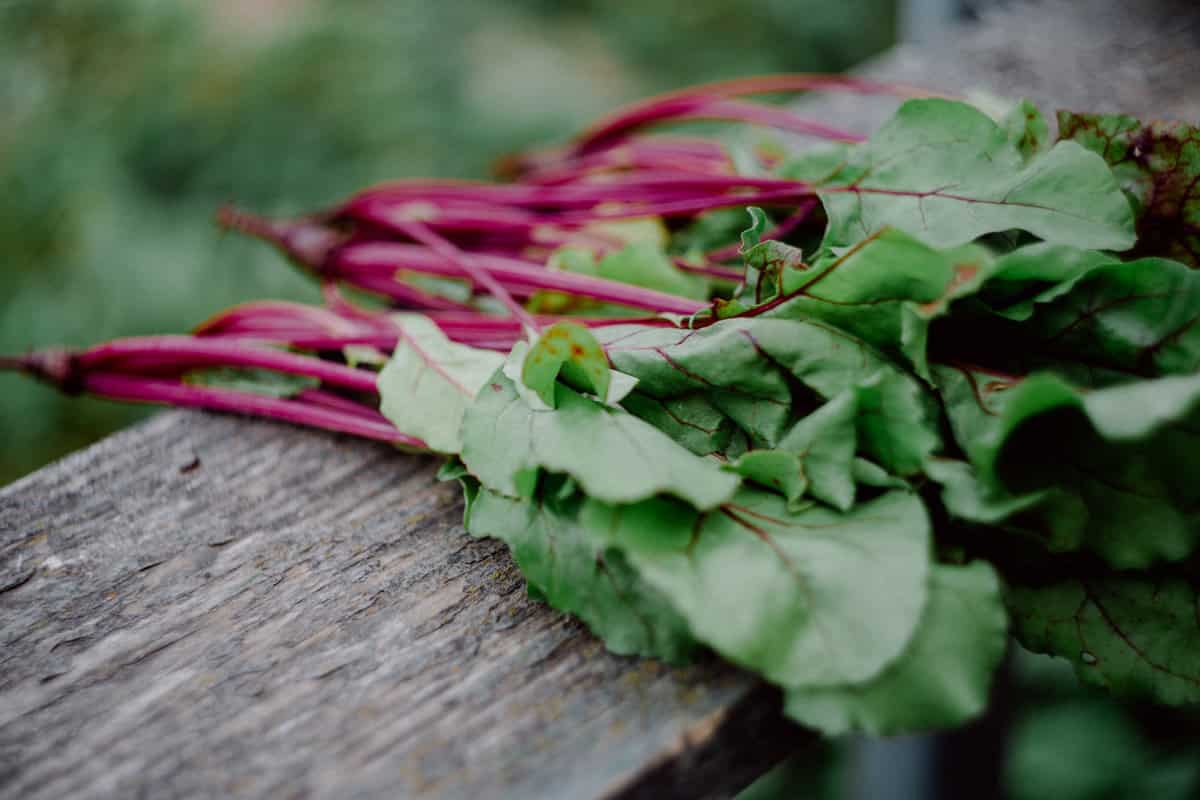
The leaves are harvested to use as baby greens in salads as well as many traditional dishes. Do not remove all of the leaves from the plants as they do require some leaves for continued growth. You can harvest the leaves for the entire season. Pinch or use scissors to remove the leaf and stem cutting close to the bulb.
How Do I Store Beets?
Beets are best enjoyed fresh so only harvest what you need. For short term storage, you can keep fresh beets in the fridge for 10 - 12 days before they start to turn soft. Do not wash the beets until you are ready to use them. Be sure to trim the leaves off but keep around an inch of the stem attached. Store in large plastic storage bags, be sure to make some ventilation holes for airflow.
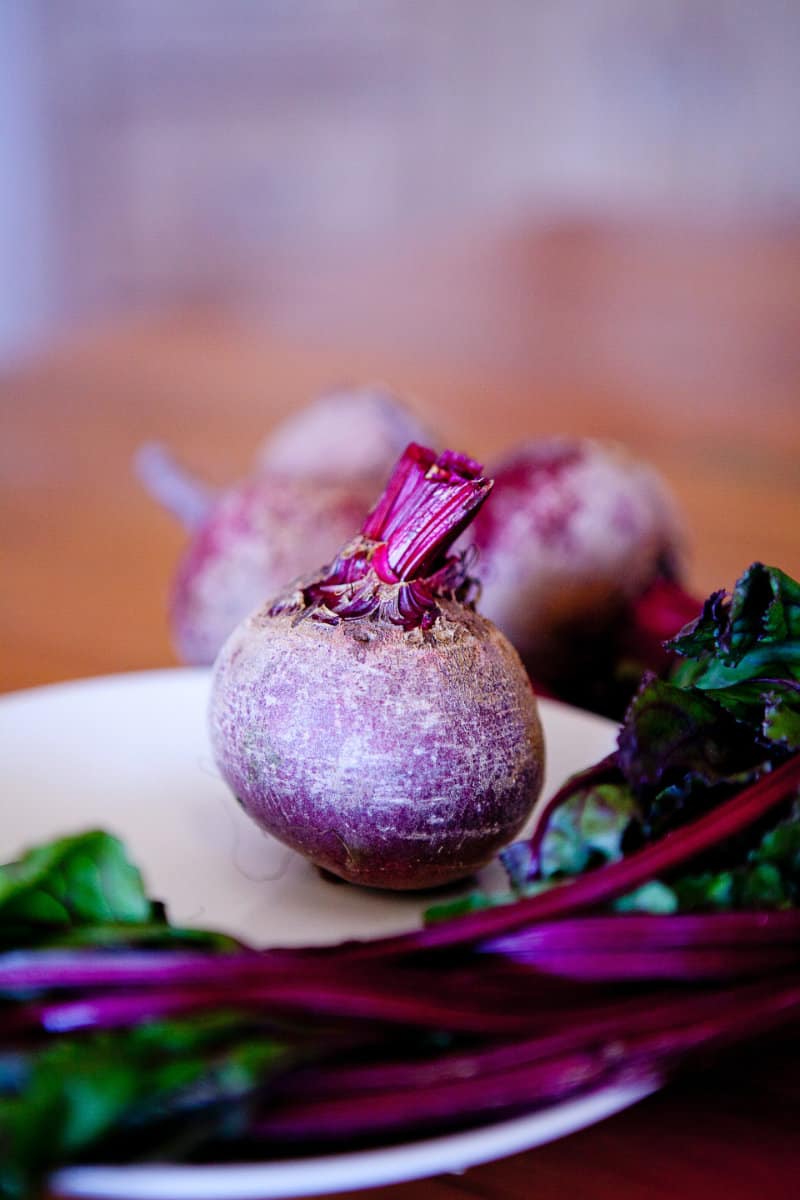
For long term storage a root cellar or cold basement is optimal. Store the trimmed beets in large containers of damp sand, peat moss or sawdust. Do not allow the beets to touch. Cover the container with a lose fitting lid. Be sure to check the beets frequently for any signs of rot. Beets should remain fresh for up to 3 months.
Freezing Beets for Long Term Storage
Another great storage option is to freeze beets. They freeze incredibly well and when thawed are like they have been freshly harvested.
To freeze beets for long term storage:
- Simply harvest the beets when they are the desired size. Remove the leaves, leaving a half inch of stem on the root. Wash the beets well to remove any remaining dirt.
- Fill a large pot with water and bring to a gentle boil. Add beets and allow to simmer over medium for 15 - 20 minutes.
- Have a sink or bowl with cold, ice water ready to chill the beets. Starting with the smallest beets take one from the simmering pot and plunge it into the icy water. With a small paring knife, under the water, trim the stems off the beet once it is cool enough to handle. Now pinch the beet, the skins should slip right off. If they do not, pop the beets back into the simmering pot for a few more minutes. Continue this process until all the beets have their skins removed.
- Place the skinned beets in a bowl and allow them to cool. Once cool, cut them into the desired size and pack them into freezer bags. Vacuum-sealed bags are preferred for the best long-term storage and can keep beets fresh for up to one year.
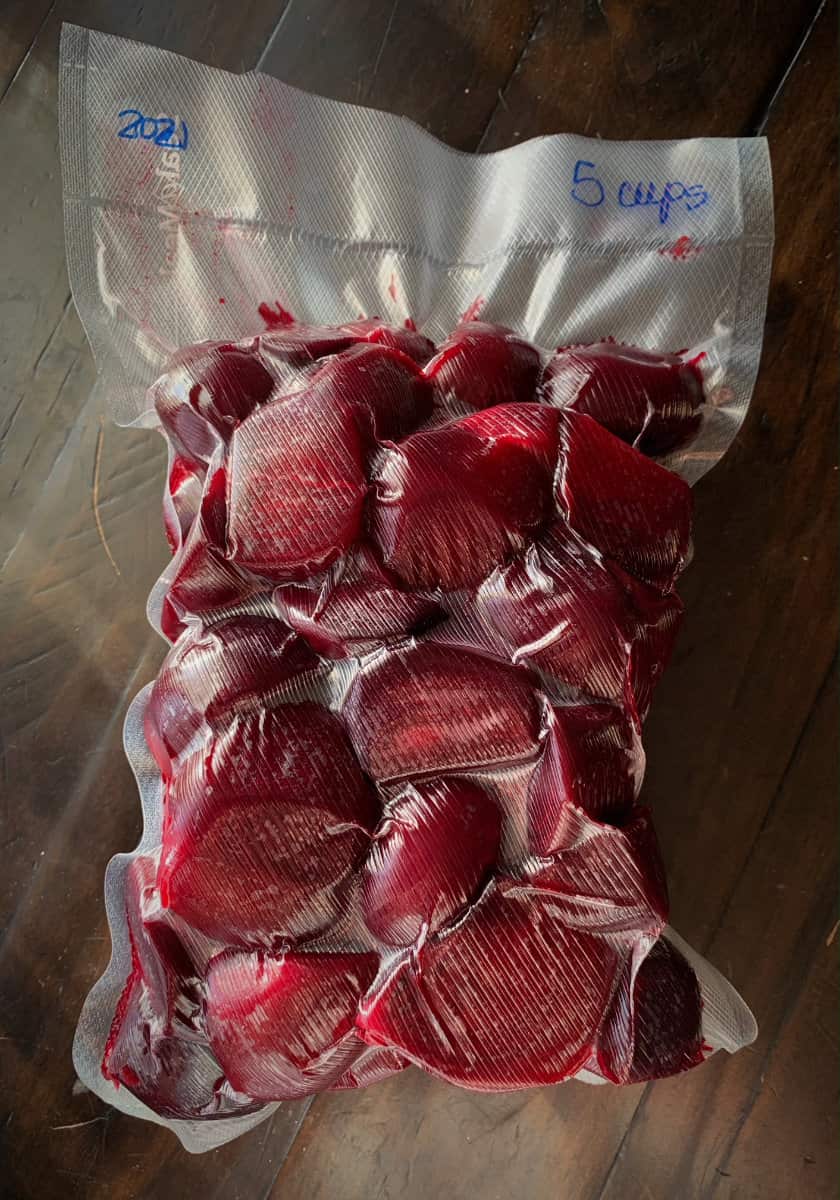
When following the steps above note that you are not trying to cook the beets fully. You are only just cooking them enough to remove the skin.
Peeling raw beets can be a tedious job using a knife. They are quite hard when fresh and that creates a lot of loss when you peel them. Blanching the beets makes it much easier to work with them and creates a beautiful, smooth finished product.
Canning and Pickling Beets for Long Term Storage
Canning and pickling beets are another option for long term storage. Wide mouth mason jars are a great option when deciding to go with a canned method. The large openings make it much easier, add a canning funnel to your toolbox for extra easy jar filling. Always use safe canning practices and never alter the recipes or techniques as they have been developed with food safety as the top priority.
Recipe Suggestions
Looking for recipe ideas to use your freshly grown beets? Try a few of our favorites below!
Did you find this guide useful?? Comment & Rate it below, then tag me on Facebook. For more DIY gardening tips & homecoming from scratch recipes follow me on Facebook & Pinterest

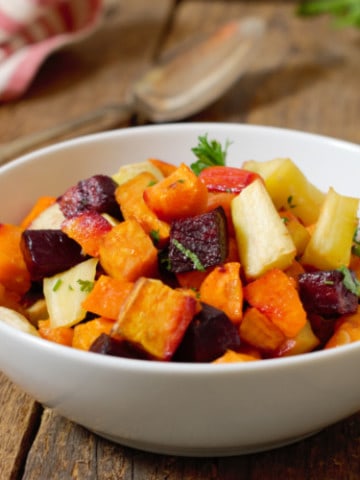
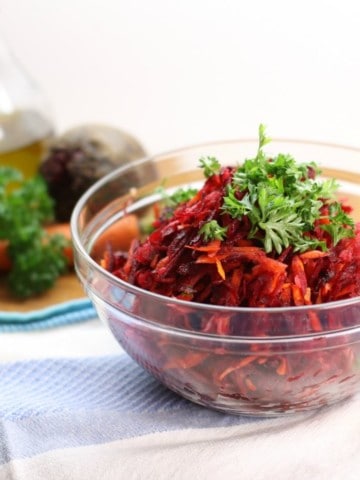
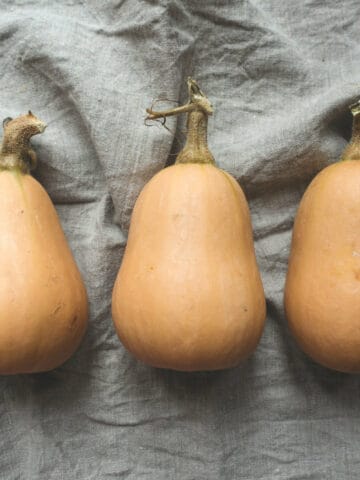
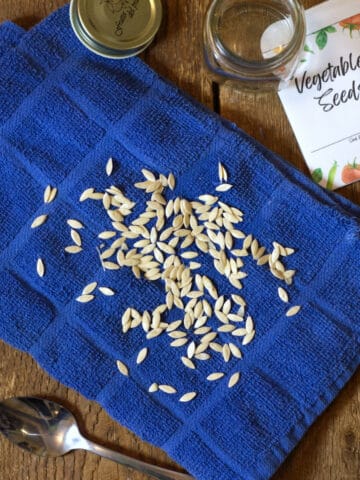
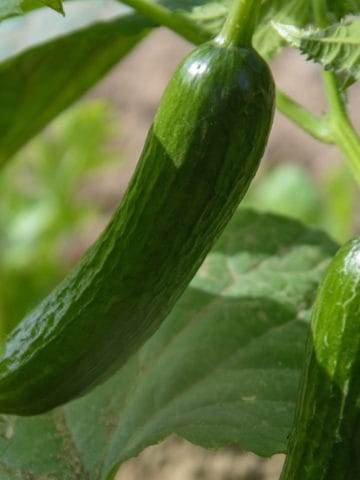
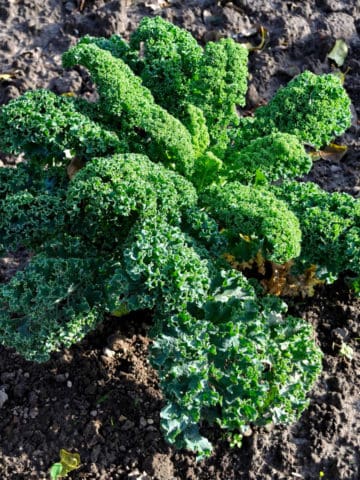
Comments
No Comments